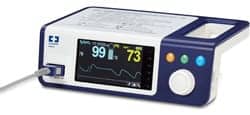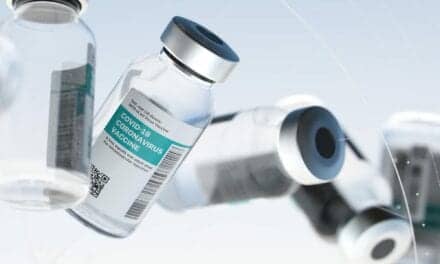According to a report by Markets and Markets, the medical simulation market is projected to grow at a CAGR of 14.9% in the next five years, increasing from $1.28 billion in 2017 to $2.57 billion by 2022.[1]
Medical simulation, which covers a swath of products ranging from medical mannikins to test lung simulators and software, is a necessity for respiratory therapy departments and the healthcare education industry. It reduces surgery errors and provides a learner an environment to do experiments. Simulation is regarded as the most prominent advancement in the field of medical education, as it has completely changed the way of medical research and training.
The report states the major factors driving the growth of the medical simulations market include:
- The benefits of simulation over traditional learning,
- Increasing demand for minimally-invasive treatments, and
- Increasing focus on patient safety.
In addition, the shortage of healthcare personnel, technological advancements, and growing awareness for simulation education in emerging countries are opportunities for industry growth, according to the report. The high cost of simulators and difficulty in attaining multimodal simulation are some factors restraining the manufacturing of medical simulation system. However, the introduction of advanced technology such as augmented reality and virtual reality is expected to provide high fidelity in the training and research sector of medical, which in turn is likely to fuel the market growth in the near future.
To learn more about the market, RT spoke John Eggert, executive vice president of Gaumard Scientific Company to discuss issues such as affordability and growth.
RT: What have been the trends in the simulation and testing market in the last few years and what factors are driving these trends?
Eggert: There has been a growing need to train RTs/clinicians effectively, transition them to the real world, and reduce errors in practice. RTs/clinicians need to train for common scenarios as well as those conditions and complications that are rarely seen in practice. Simulation-based training is a cost-effective way to improve in all these areas and more. One factor for the increasing demand for simulation training is the short supply of real-life contact with patients in hospitals due to liability issues.
RT: Please discuss your company’s most recent innovations in simulation and testing. What are they focused on? How are they improving clinician training and patient care?
Eggert: Neonatal simulation training has been one area of focus. One in 10 newborns requires assistance with breathing.
Super Tory S2220, the world’s most advanced neonatal patient simulator, is designed to train for managing neonatal pulmonary disorders and identifying signs of neonatal cardiovascular disease. When Super Tory gasps for breath, it’s easy to treat the simulator as if he were a real newborn in respiratory distress. Super Tory provides lifelike realism and the capability of tactile feedback to a degree never seen before in neonatal simulation. RTs can stabilize Super Tory with ACV, SIMV, CPAP, PCV, PSV or NIPPV, using real equipment in the NICU.
Another simulator using real equipment is HAL S1030, a full-body, computer-controlled patient simulator for training respiratory care students and professionals to treat ARDS, COPD, asthma and other conditions using a real mechanical ventilator. HAL features a lifelike airway, can hold PEEP from 5 to 25 cm H2O, trigger the vent’s breath assist, change lung compliance and bilateral bronchial airway resistance, exhale real CO2, and more.
RT: Does your company offer any pediatric- or neonatal-specific simulation solutions and (if so) what special features are these devices equipped with?
Eggert: Yes. Super Tory is the first neonatal patient simulator to offer heart and lung interaction as well as motion in a mobile platform—capabilities that allow Super Tory to simulate complex pathologies and respond to interventions with unparalleled realism. Super Tory’s lifelike limb and facial movements and programmable skin coloration simulate a wide range of visual cues seen in ill as well as healthy newborns.
RT: How great a role does the simulation and testing industry play in the education sector and how do these devices prepare students (like RT students) for their future jobs? What is your company doing to make these devices more affordable for the education sector?
Eggert: Simulation plays a major role. With the use of a simulator, a student can both practice the simple tasks of daily care of a patient and also manage and practice the high level and critical complications of those same patients, learning to quickly identify a life- threatening condition and manage it. If the student makes a mistake or doesn’t identify the complication correctly, he or she can reset the scenario and run it again and identify where to improve assessment and treatment and ultimately save a real patient’s life by this process.
Simulation also enables students to learn communication and teamwork skills that are critical to improve performance in real situations. Gaumard pioneered wireless and tetherless simulation and today, we have a family of high-fidelity simulators and skills trainers that deliver the most innovative technology and value to healthcare educators.
RT: What changes are on the horizon in the simulation and testing market? How do you think it will continue to evolve in the next 5-10 years?
Eggert: Simulation will continue to evolve in a way that bridges the gap between training and reality to benefit the RT and clinician.









